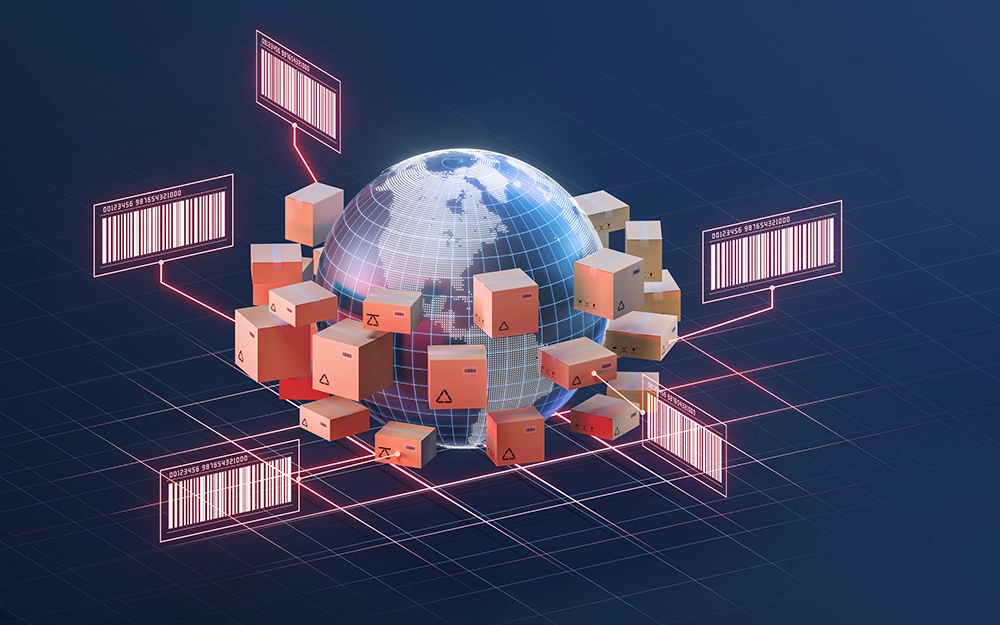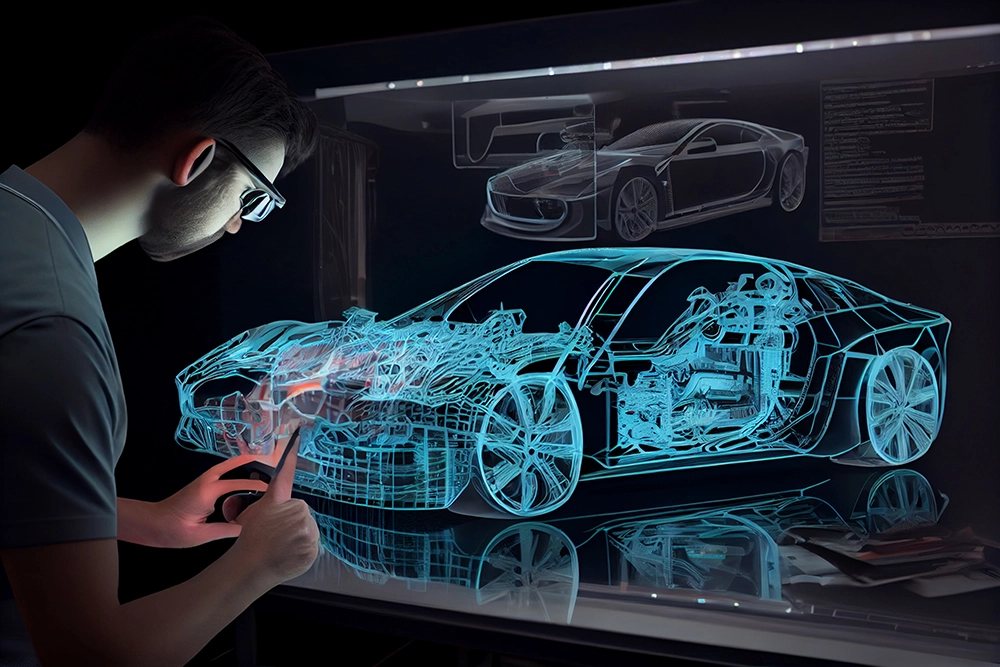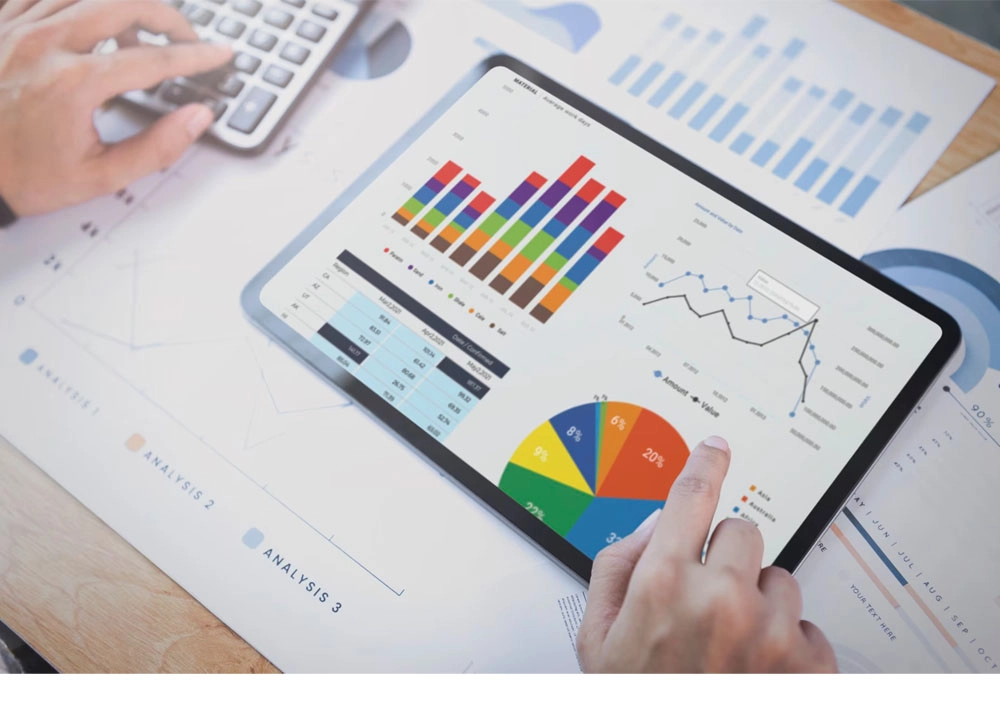
Use blockchain technology to enhance transparency and traceability in the supply chain, ensuring the authenticity of parts and streamlining transactions.
Implement IoT and data analytics to monitor inventory levels in real time, optimizing stock levels and reducing storage coststhe supply chain, ensuring the authenticity of parts and streamlining transactions.
Use AI and machine learning to predict demand for vehicles and parts, improving supply chain planning and reducing excess inventory.

Use data analytics to understand customer preferences and behaviour, delivering personalized marketing campaigns and offers.
Implement virtual reality (VR) and augmented reality (AR) to create immersive virtual showrooms, allowing customers to explore and customize vehicles from the comfort of their homes.

Develop robust online platforms for vehicle sales, enabling customers to browse, configure, and purchase vehicles online.

to proactively address issues before they become major problems.the supply chain, ensuring the authenticity of parts and streamlining transactions.

To manage customer interactions, track service history, and enhance customer satisfaction.major problems.the supply chain, ensuring the authenticity of parts and streamlining transactions.

To gain insights into market trends, customer preferences, and operational efficiency.

To forecast market demand, optimize pricing strategies, and improve decision-making processes.preferences, and operational efficiency.

Ensure compliance with safety and environmental regulations through automated monitoring and reporting systems.